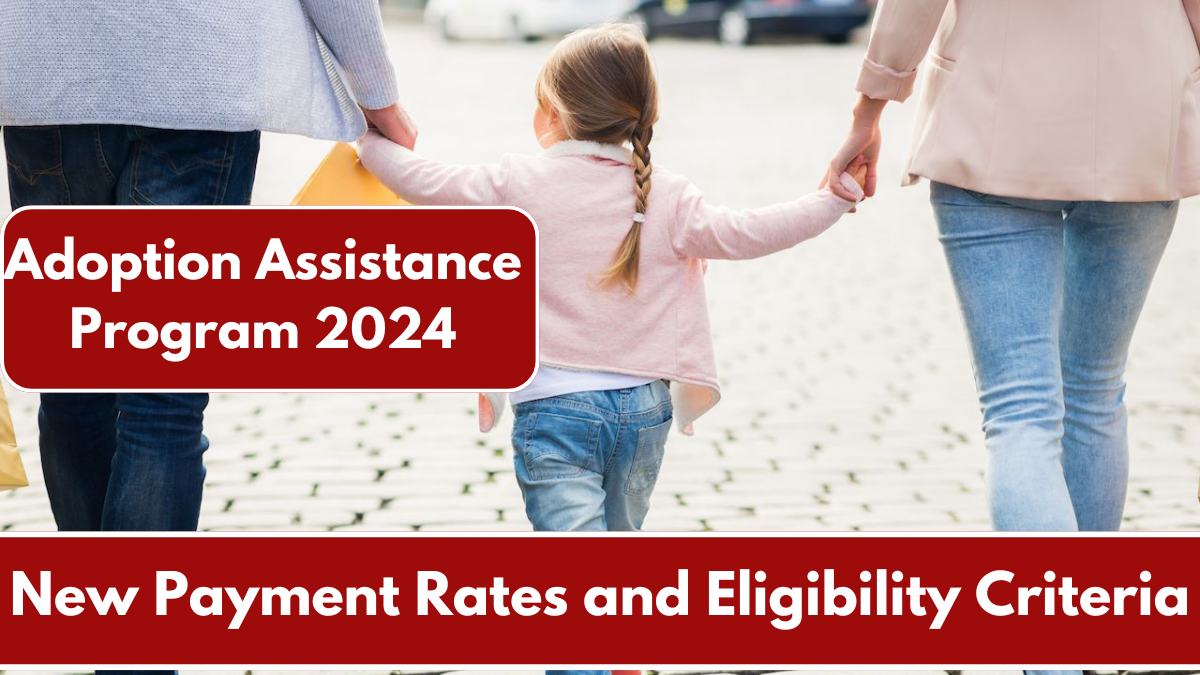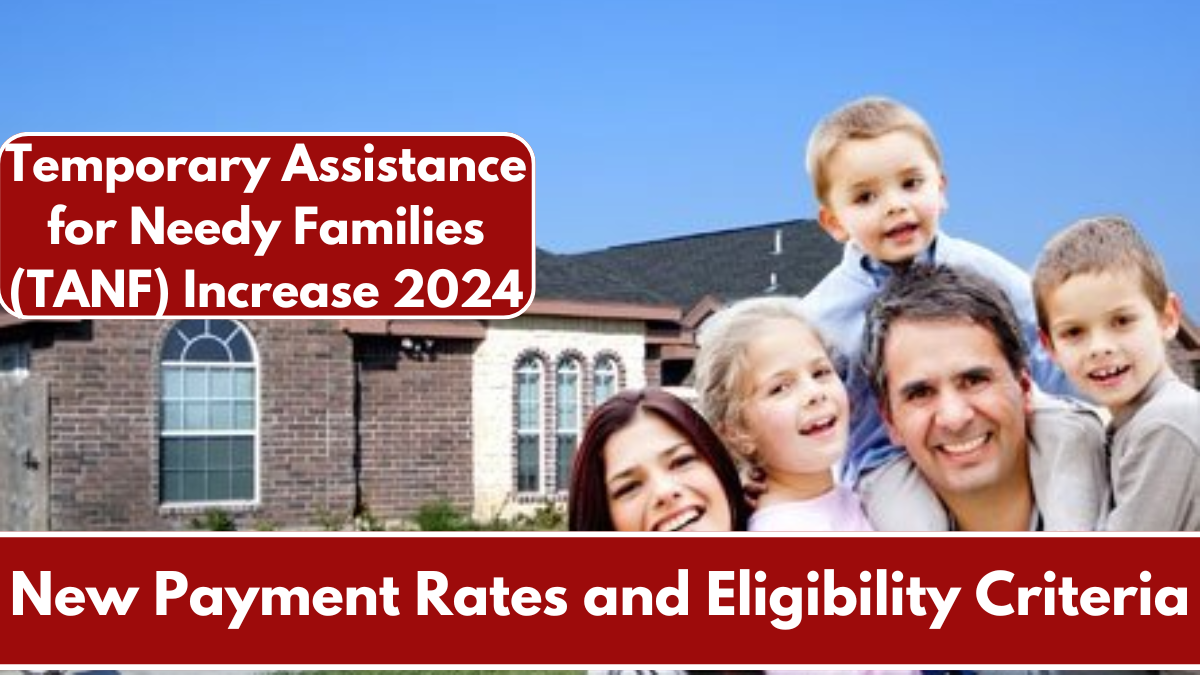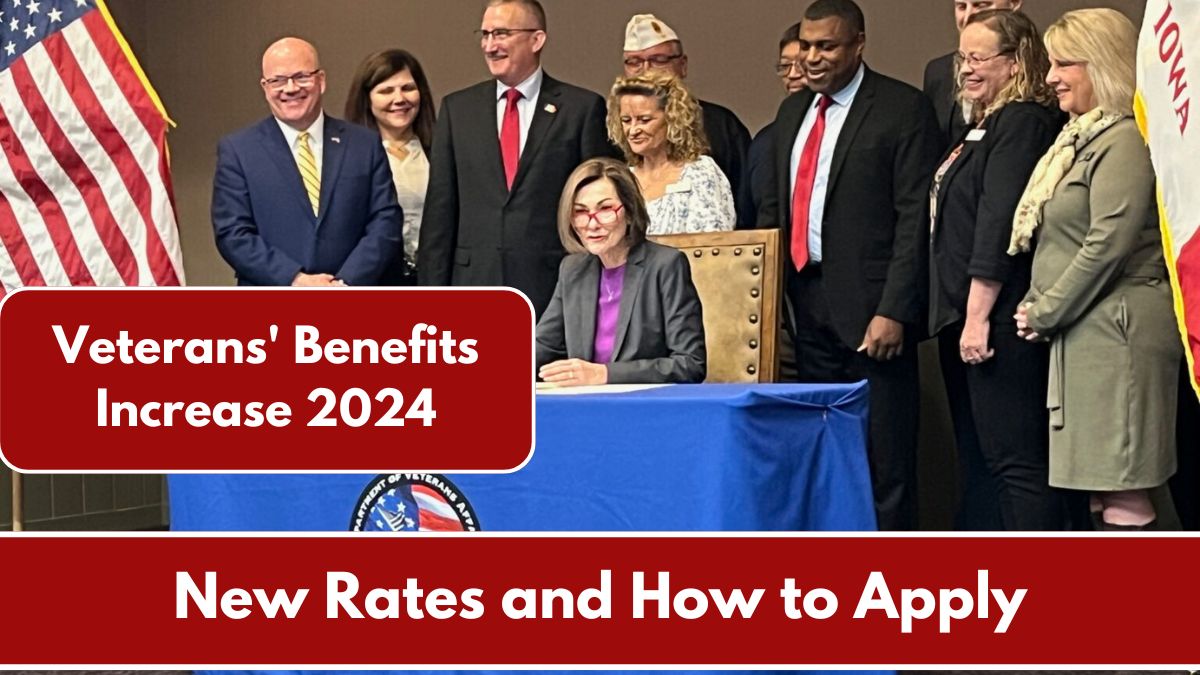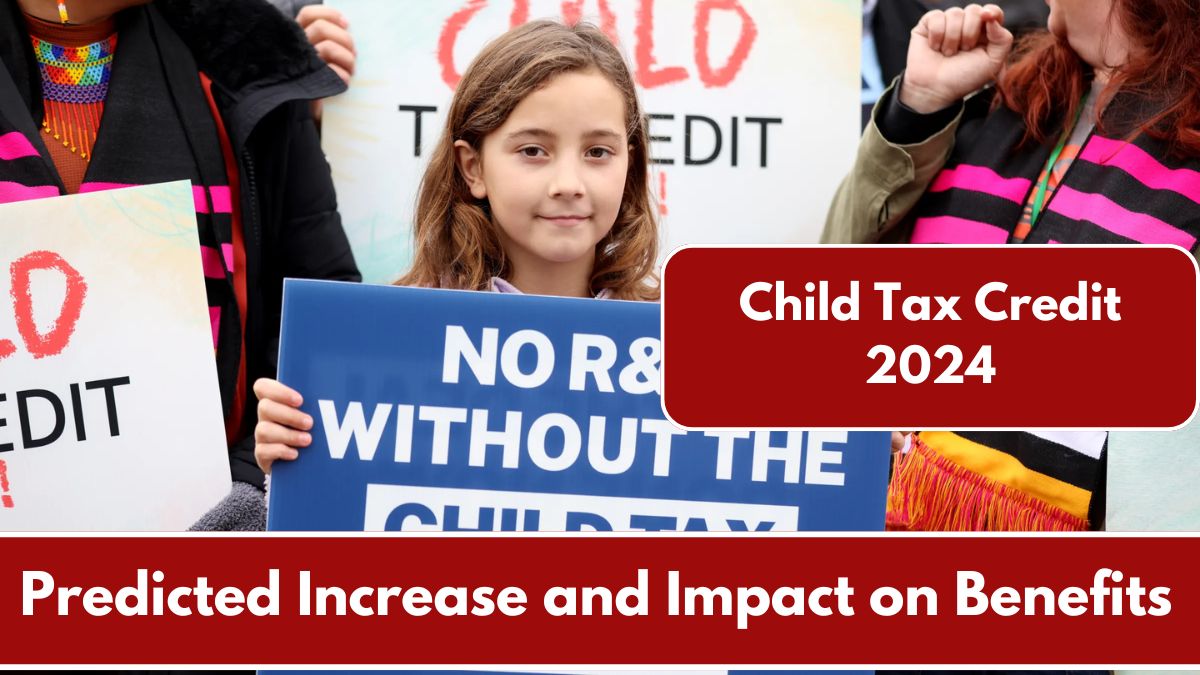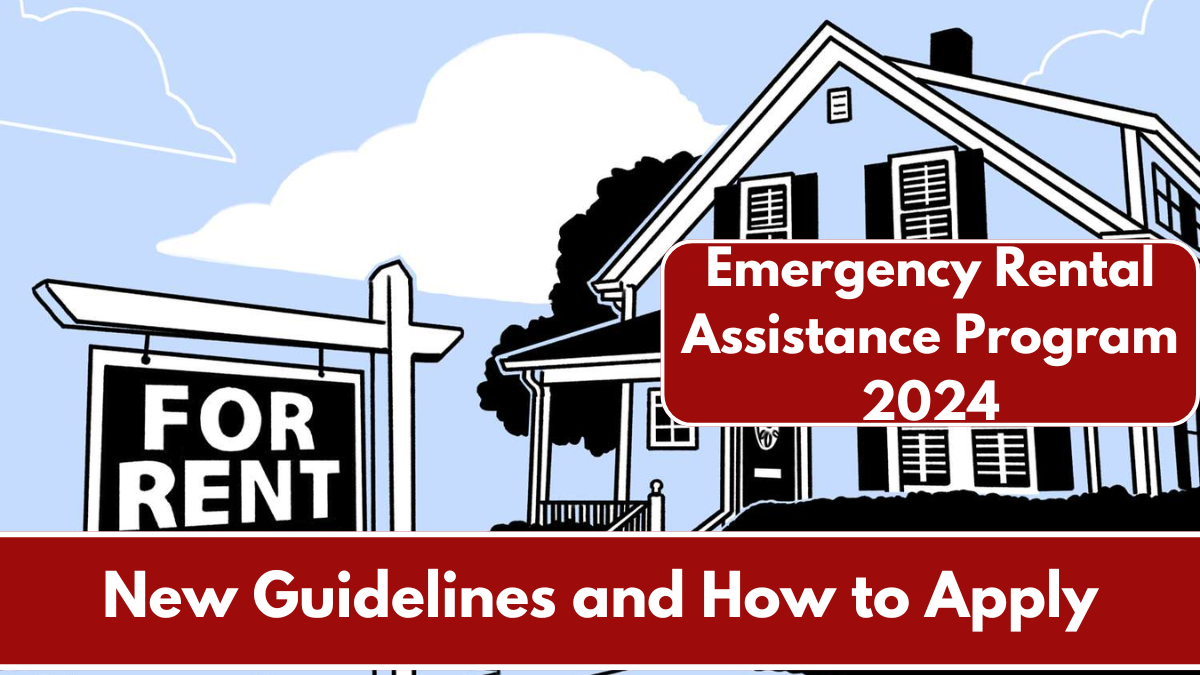Introduction:
As we step into 2024, the Adoption Assistance Program has introduced updated payment rates and refined eligibility criteria to better support families who adopt children from the foster care system. These changes aim to ease the financial burden on adoptive parents and ensure that children find stable, loving homes. This article will provide a comprehensive overview of the new payment rates, the eligibility criteria you need to meet, and the process for applying for adoption assistance in 2024.
Overview of 2024 Adoption Assistance Payment Rates
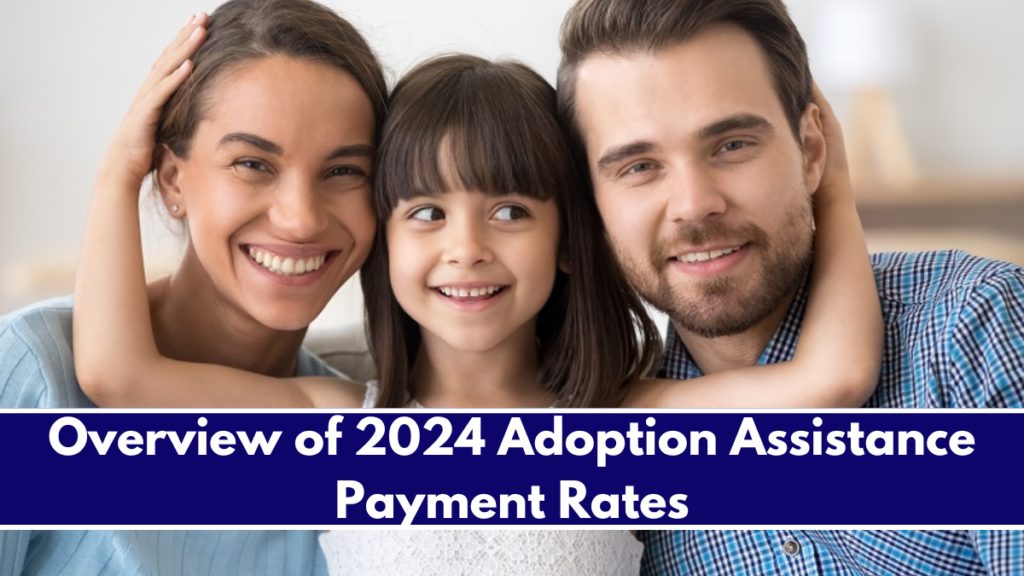
The Adoption Assistance Program provides financial support to families who adopt children with special needs or those from foster care. The payment rates for 2024 have been adjusted to reflect increases in the cost of living, helping families cover the expenses associated with raising an adopted child.
Below is a table summarizing the new adoption assistance payment rates for 2024:
| Child’s Age | 2023 Monthly Payment | 2024 Monthly Payment | Percentage Increase |
|---|---|---|---|
| 0-5 years | $700 | $735 | 5% |
| 6-12 years | $750 | $790 | 5% |
| 13-18 years | $800 | $840 | 5% |
| Special Needs | $850 | $895 | 5% |
These rates are designed to help adoptive parents manage the costs associated with the unique needs of children who require additional care and resources.
Eligibility Criteria for Adoption Assistance in 2024
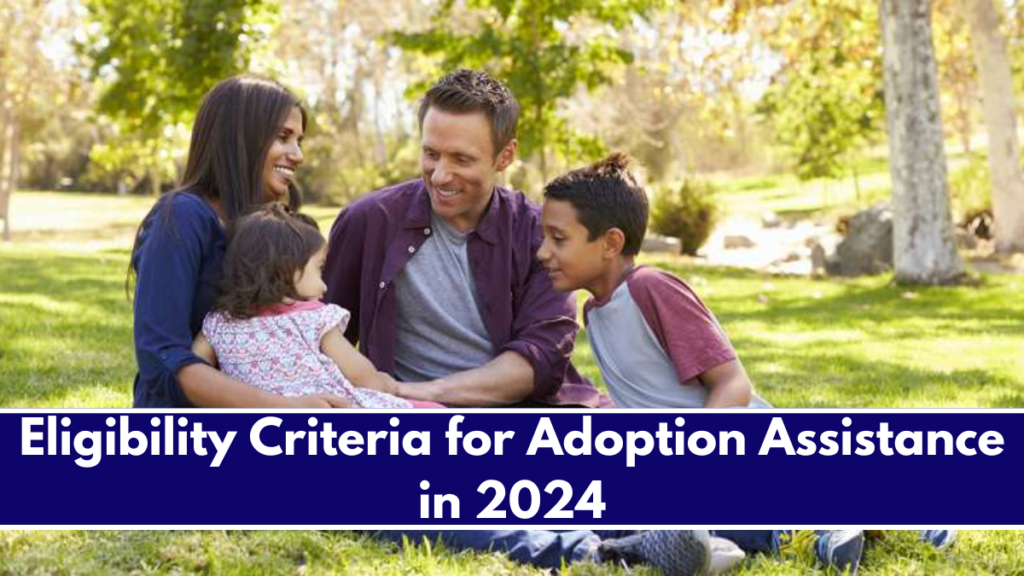
To qualify for adoption assistance, families must meet specific eligibility criteria. The program is designed to support adoptions of children who may otherwise be difficult to place due to special needs or other circumstances. Here are the key eligibility requirements:
- Adoption of Special Needs Children: The program primarily supports the adoption of children with special needs, which may include physical, mental, or emotional disabilities, or older children who are more challenging to place.
- Foster Care Adoption: Families who adopt children from the foster care system are typically eligible for assistance. The child must be in state custody at the time of the adoption.
- State Eligibility Requirements: Each state has specific eligibility criteria, which may include income limits, the child’s background, and the adoptive family’s ability to meet the child’s needs.
- Legal Finalization: The adoption must be legally finalized before assistance payments can begin. This includes completing all necessary paperwork and court procedures.
- Residency: The adoptive family must be residents of the state where they are applying for assistance, although some states offer assistance to families who adopt children across state lines.
How to Apply for Adoption Assistance in 2024
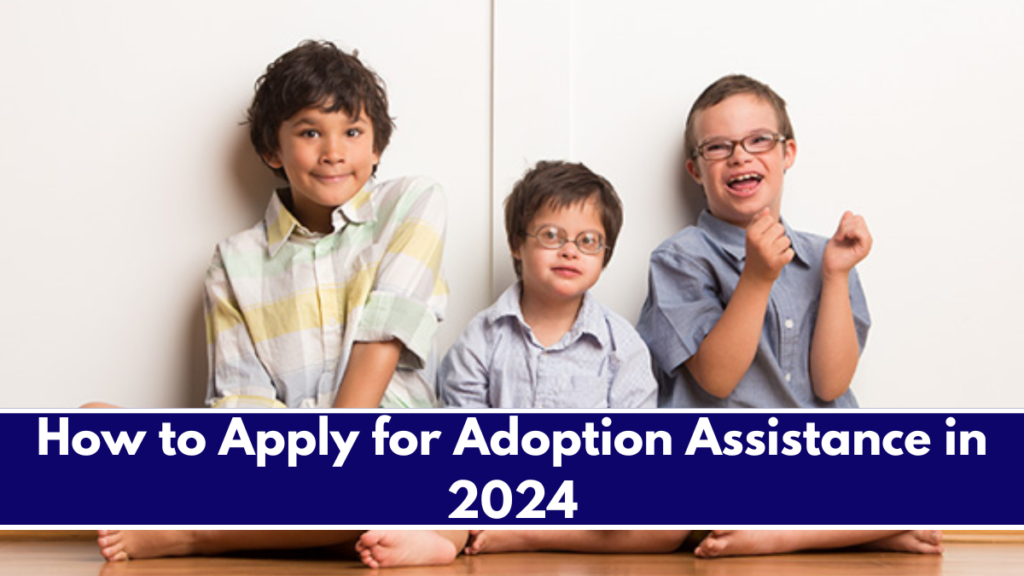
Applying for adoption assistance involves several steps, and it’s important to ensure that all necessary documentation is in order. Here’s a guide to help you through the process:
- Determine Eligibility: Review the eligibility criteria specific to your state to ensure you qualify for adoption assistance. Consider working with an adoption agency or legal professional to understand the requirements.
- Gather Required Documentation: Prepare all necessary documents, including proof of the child’s special needs, legal adoption papers, and any state-specific forms. Documentation of your income and residency may also be required.
- Complete the Application: Applications can typically be submitted through your state’s adoption assistance program office. You may need to fill out both state and federal forms, depending on your situation.
- Submit Documentation: Along with your application, submit all required documentation. Ensure that everything is complete and accurate to avoid delays.
- Follow Up: After submission, monitor the status of your application. Once approved, you will receive information on payment rates and how to access your benefits. If denied, you may appeal the decision.
Conclusion:
The 2024 updates to the Adoption Assistance Program are designed to provide stronger financial support to families who adopt children with special needs or from foster care. By increasing payment rates and refining eligibility criteria, the program aims to ease the financial burden on adoptive parents, ensuring that children can thrive in a loving, stable environment. Understanding these updates and following the application process carefully will help families secure the assistance they need to meet the unique needs of their adopted children. For those considering adoption, these changes offer a valuable opportunity to provide a forever home for a child in need.
FAQ’s:
Q1. What types of expenses does adoption assistance cover?
Adoption assistance typically covers costs associated with the child’s care, including medical expenses, therapy, special education, and daily living needs. The specific expenses covered may vary by state.
Q2. Can I receive adoption assistance if I adopt a child from another state?
Yes, many states provide adoption assistance for interstate adoptions. However, you may need to meet the eligibility criteria of both the state where the child was in foster care and the state where you reside.
Q3. Is adoption assistance available for private adoptions?
Adoption assistance is primarily available for public adoptions, particularly those involving children with special needs or from foster care. Private adoptions typically do not qualify for this type of assistance.
Q4. How long does adoption assistance last?
Adoption assistance generally continues until the child turns 18, though in some cases, it may extend until the child is 21 if the child has significant disabilities or is still in school.
Q5. Can I apply for adoption assistance after the adoption is finalized?
In most cases, adoption assistance must be applied for before the adoption is finalized. However, some exceptions may allow for retroactive applications if certain conditions are met.

